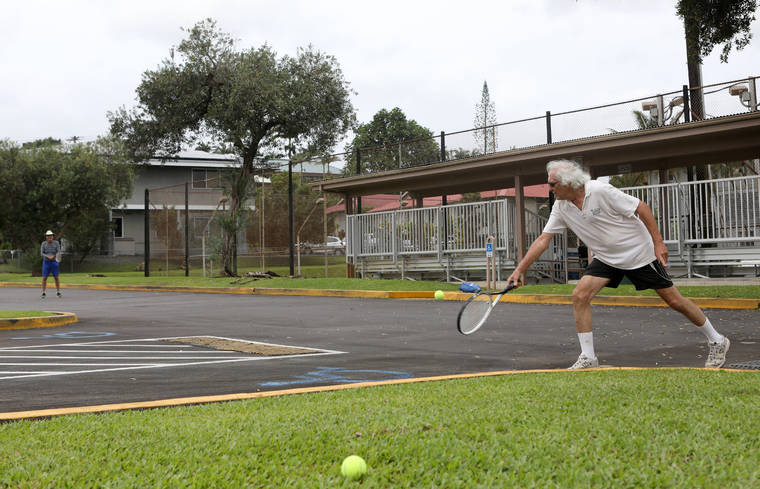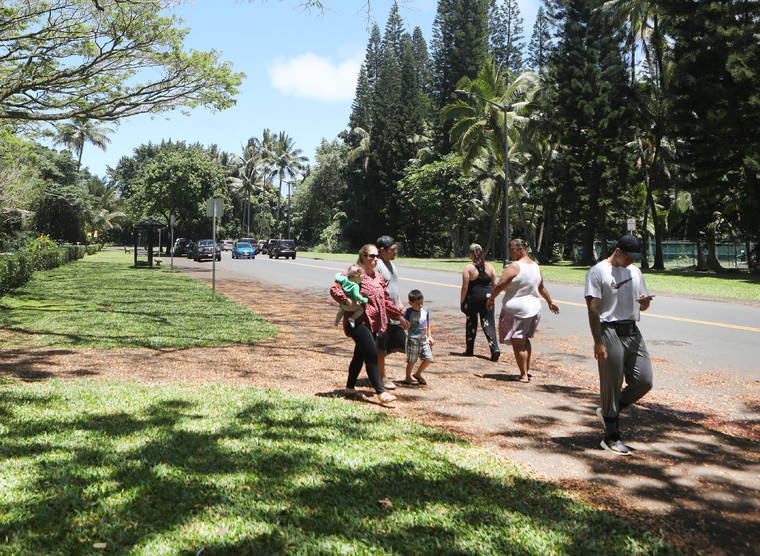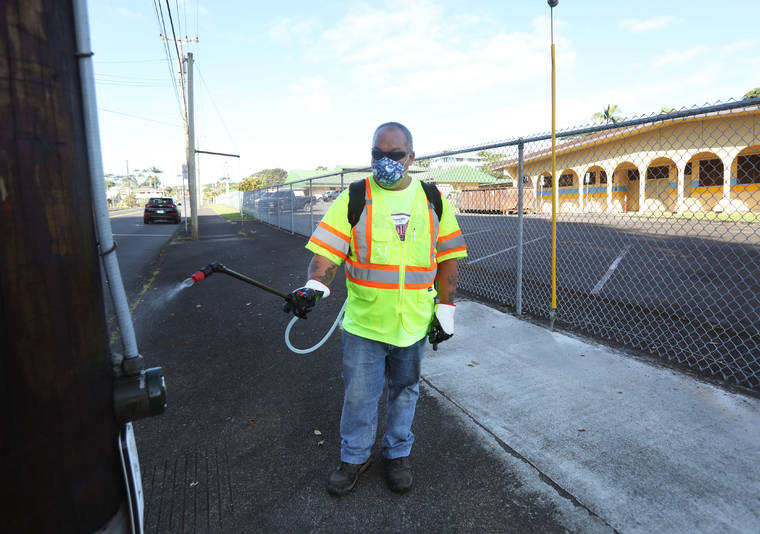The state is starting to make headway in processing and paying a staggering amount of jobless filings, according to statistics provided by the Department of Labor and Industrial Relations.
Meanwhile, state lawmakers were told Monday there’s little incentive for laid-off workers who already are receiving benefits to apply for existing job openings because of the $600 weekly federal “plus-up” unemployment payments they’re receiving.
As of Sunday, there have been 309,765 total new unemployment filings statewide since March 1. Of those, 88,034 were duplicate claims, leaving 221,731 “unique filings,” according to DLIR spokesman William Kunstman.
Kunstman said in an email that 65,252 claims were being paid as of Sunday. Money paid out by the Unemployment Insurance Division in April through Friday was almost $116.5 million, more than 10 times the $15.6 million paid in all of March.
The state denied 28,126 claims through Sunday, Kunstman said. Another 116,594 claims required some sort of “correction” at the processing centers, according to Kunstman.
Numerous issues have plagued the Unemployment Insurance Division since claims increased dramatically in mid-March, including numerous crashes of the antiquated computer system and far more calls from frustrated filers than could be handled by the division’s workers or the telephone trunk lines.
Among those still not receiving unemployment benefits are self-employed workers and independent contractors, previously not covered by the state unemployment system. Some are now eligible to collect benefits through the federal Coronavirus Aid, Relief and Economic Security (CARES) Act. Another computer program has to be written to handle those claims, so those filers aren’t expected to be paid until sometime next month, state Labor Director Scott Murakami said last week.
Murakami also said he was assured by the federal government that if the crush of new claims depletes the state’s unemployment insurance trust fund, the state will receive a U.S. Department of the Treasury line of credit to pay claimants.
U.S. Rep. Ed Case, a Democrat from Hawaii, told the state House Select Committee on COVID-19 Economic and Financial Preparedness Wednesday he’s been “trying to sort through the interaction” between the federal unemployment benefits enhancement and Small Business Administrations Payroll Protection Program forgivable loans, both funded by the CARES Act.
“The PPP program was designed, specifically, to be used to retain employees or, if they went on unemployment, to get them back on the payroll,” Case said. “And so, if we’ve got $2-plus billion coming in to the (state) economy now to, basically, get employees back on the payroll … they should be going back to work at that point. And they should be coming off of unemployment.”
Case said it’s in everybody’s best interest to make sure that unemployment compensation is “for those who really need it.”
Pamela Tumpap, president and secretary of the Maui Chamber of Commerce, told lawmakers she’s “hearing from businesses who are trying to bring some workers back.”
“And maybe because they’ve been home with their family now, many of them want to stay and continue to be home with their family,” Tumpap said. “So I don’t know, but it would be good to understand what our state Department of Labor process is and what employers should do if they’re offering jobs back.
“We directed them as a chamber to contact the Department of Labor. But we’re not sure if that the Department of Labor is ready to handle those calls given everything else that they’re processing and what the process would then be to deal with that.”
Case said he also heard from businesses that are receiving PPP loans and want to get their employees back “but the employees may not be interested in going back for whatever reason.” He added “some business folks who had job openings … were having trouble filling those job openings, which just really surprises me at this time.”
Carl Bonham, executive director of the University of Hawaii Economic Research Organization, said for those already receiving unemployment benefits, the federal $600 weekly “plus-up” payments provide low-income laid-off workers an incentive “definitely to stay on unemployment benefits.”
“With the plus-up, you’ve got four months of benefits that would exceed what you would make going to work. And if you go to work, you risk getting sick,” Bonham said. “Now if you stay home, you’re safe and your salary is high, assuming that you’re getting benefits.”
Case said Congress didn’t intend the “plus-up” payments to allow unemployment recipients to continue collecting benefits if jobs are available.
“If we have that much of a strain on the state system … then I would simply suggest that the state folks … take a look at those rules to somehow ease the burden on unemployment so that the truly unemployed folks would have no other options … the ones that are healthy,” he said.
House Speaker Scott Saiki said the issue is “an important topic because the (state unemployment) fund may be depleted … sometime in May at the current rate of claims, so it’s something we should look at.”
Email John Burnett at jburnett@hawaiitribune-herald.com.













